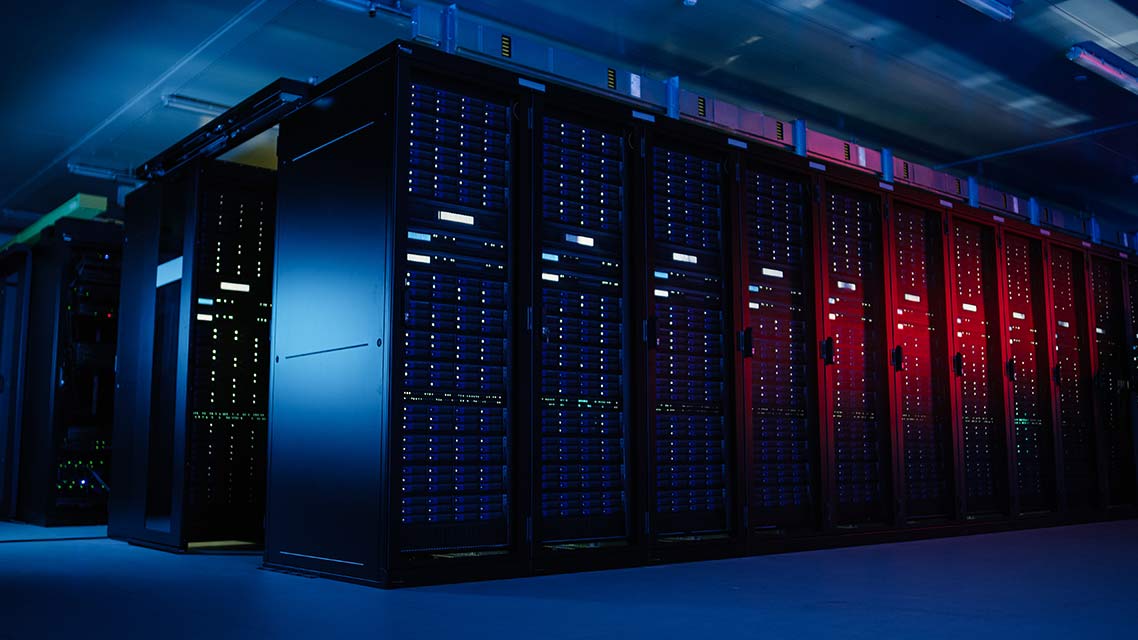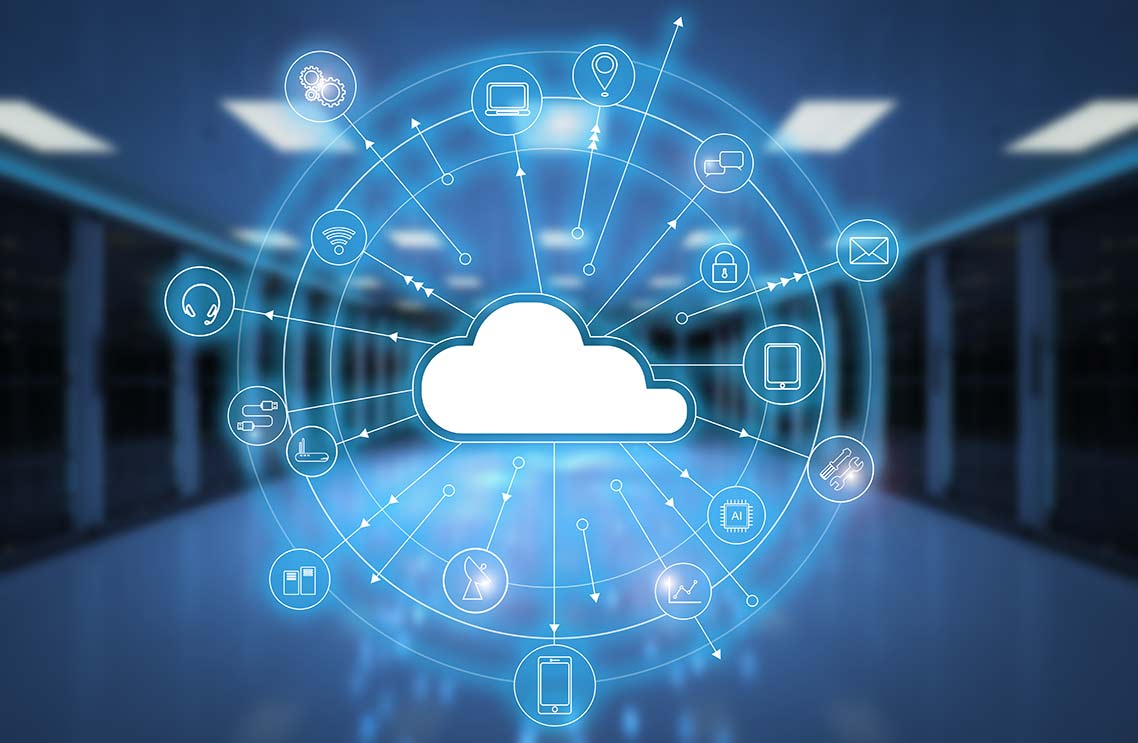What is VMware VDI?
A virtual desktop infrastructure (VDI) is a networked environment where physical servers host-guest virtual machines (VMs) provisioned as desktops for remote users. A hypervisor like the VMware ESXi allows you to create...
User authentication and authorization are critical for protecting your network infrastructure. It ensures that only trustworthy and relevant users can access the network. A Windows Server domain logically groups users, PCs, and other objects in a network, while...
Many people have heard about public, private and hybrid clouds. But a fourth model has been around for a while now in the ever-changing cloud-deployment landscape. A community cloud is a modernized version of the private cloud that...
One of the main reasons why organizations decide to move their resources to a cloud provider is to guarantee as much reliability and availability for their services as possible. The distribution of workloads and resources among...
Understanding the FundamentalsMuch like many organizations, you probably opted for cloud computing when you first launched your web application, database, or mail server. After all, cloud computing services seem...
Remote Desktop has been used for a long time as an important feature of Windows. Microsoft Terminal Services Client (MSTSC) is the command line interface to run the Microsoft Remote Desktop (RDP) client. It enables you to establish a remote connection to...
Companies commonly use Microsoft Windows PowerShell to automate most of their administration and configuration procedures, from the simplest tasks to the most complex ones. Task automation provides several advantages to...
VMWare vSAN is a software-defined storage product that is used in collaboration with VMware ESXi hypervisor. A software-defined storage provisions and manages storage based on policies, regardless of the underlying hardware.
Users can define policies and rules...







